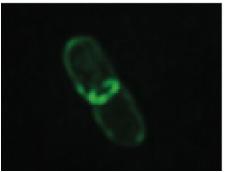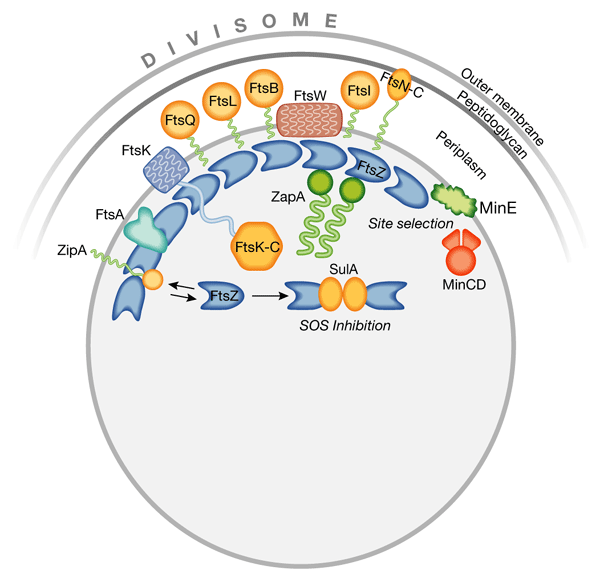PhD Project
A predictive model for bacterial cell division
Correct co-ordination of cell division is essential for the propagation of life through successive generations. Following DNA replication, the prokaryotic cell divides via the formation of a contractile ring at the division plane. The ring is primarily composed of the protein FtsZ. On contraction of the Z-ring, the membrane is pinched inwards and the parent cell is divided into two daughter cells.

While genetic and microbiological studies have revealed many of the components of the system in prokaryotes, the biophysics of the division process are as yet unknown. The aim of this collaborative project is to develop a molecular level model of bacterial cell division that can be used to predict the effect of changes to the environmental conditions, for example the application of an anti-microbial drug.

Ghigo, J-M., Weiss, D.S., Chen, J.C., Yarrow, J.C. and Beckwith, J. (1999) Localisation of FtsL to the Escherichia coli septal ring. Molecular Microbiology, 31(2), 725-737.
Vicente, M. and Lowe, J. (2003) Ring, helix, sphere and cylinder: the basic geometry of prokaryotic cell division. EMBO reports, 4(7), 655-660.
